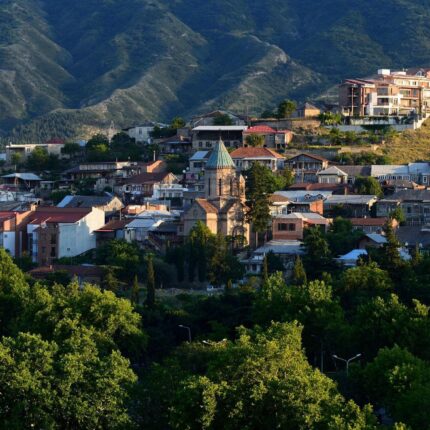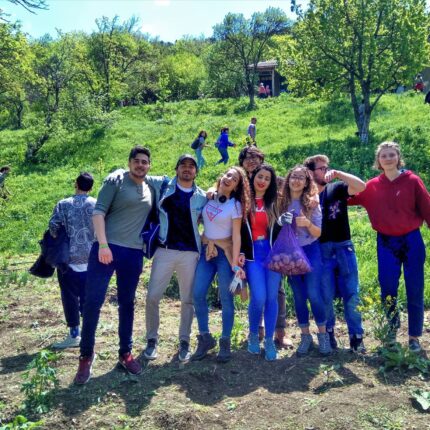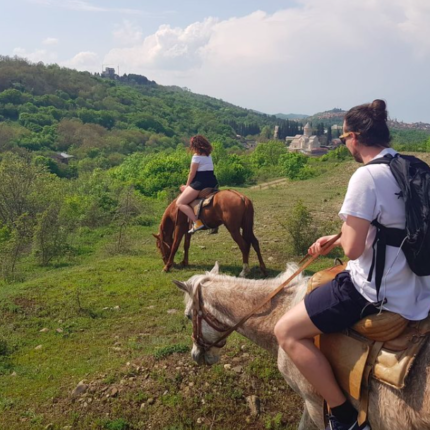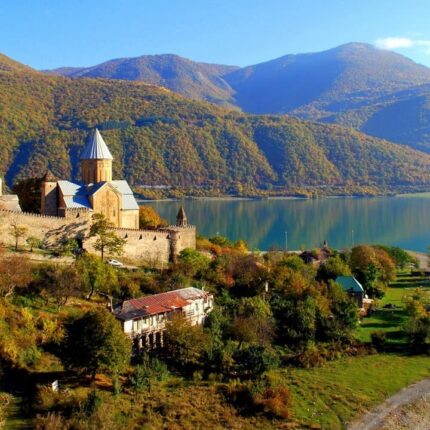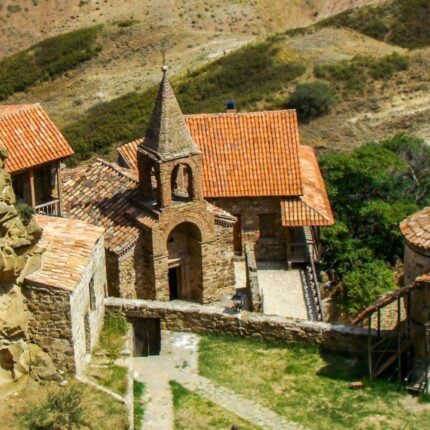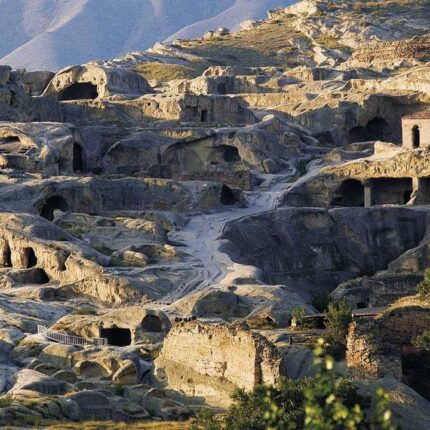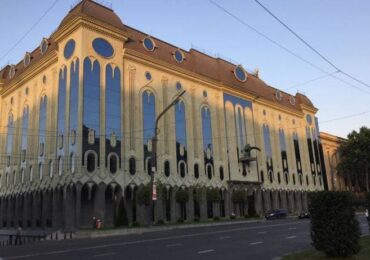
The Art Museum of Georgia, also known as the Shalva Amiranashvili Museum of Fine Arts, is one of the best-known museums in Georgia, holding up to 140,000 historical items of Georgian, Oriental, Russian and other European art.
Located near Freedom Square, the museum is hard to miss, with interesting grey-stone architecture, and usually has posters hanging from its outer walls that either showcase current events or what visitors can expect inside.
History:
As the name implies, the museum is named after Shalva Amiranashvili, a prolific Georgian art historian and one of the first people to help in the treatment and restoration of historical art in Georgia. After directing the museum for 39 years, from 1939 to 1975, the building took his name.
The history of the museum begins with its predecessor, the National Art Gallery, which was opened in 1920 by Western-educated young Georgian artists. In 1932, the Central Museum of Fine Arts opened as a separate branch. But at the end of the year, the museum relocated to the center of the city on the site of Metekhi Church.
In 1921, a large collection of manuscripts, jewelry, paintings and other artifacts were evacuated during the Red Army invasion and taken to France.
Fortunately, it began to flourish again in 1945 when, on the basis of an agreement between the Soviet and French governments, numerous works of art were returned to Tbilisi and added to the museum’s collection again. Shalva Amiranashvili largely helped with the restoration of those items and went on to become the director of the museum.
During Shalva’s era, the museum became officially known as the Art Museum of Georgia in 1950 and moved to the building it occupies now, which was constructed in 1883 in a neoclassical style.
At the end of 2004, the Georgian Fine Arts Museum was officially incorporated into the Georgian National Museum.
What to see:
The many rooms of the museum are filled with art from Georgia, Russia, China, Japan, India, and many other countries.
Arguably the most important collection is, of course, Georgian. It shows how the national art culture has changed through history. This section includes Queen Tamar’s golden cross, the cup of Bagrat, and icons from numerous Georgian churches.
The Oriental section is next in terms of size and importance, and is one of the largest collections found in post-Soviet countries. This section also includes Persian and Qajar dynasty art.
Of course, the list doesn’t stop there. There is also a large collection of Russian art, Egyptian monuments, Persian carpets and many, many other art pieces.
General information:
Open from 10am till 6pm, Tuesday through Sunday.
Entry is 3 GEL (for adults).
There are numerous guided tours that allow up to 10 people. Foreign language tours start from 45 GEL and last up to 2 hours.
How to get there:
Because of the museum’s location (2/4 Aleksandr Pushkin Street), it is fairly easy to find.
- The easiest way to get there is to take the Metro to either Liberty Square or Rustaveli and from there, take a taxi, walk, or grab the bus.
- The museum is next to Kashveti Church, and is hard to miss.

